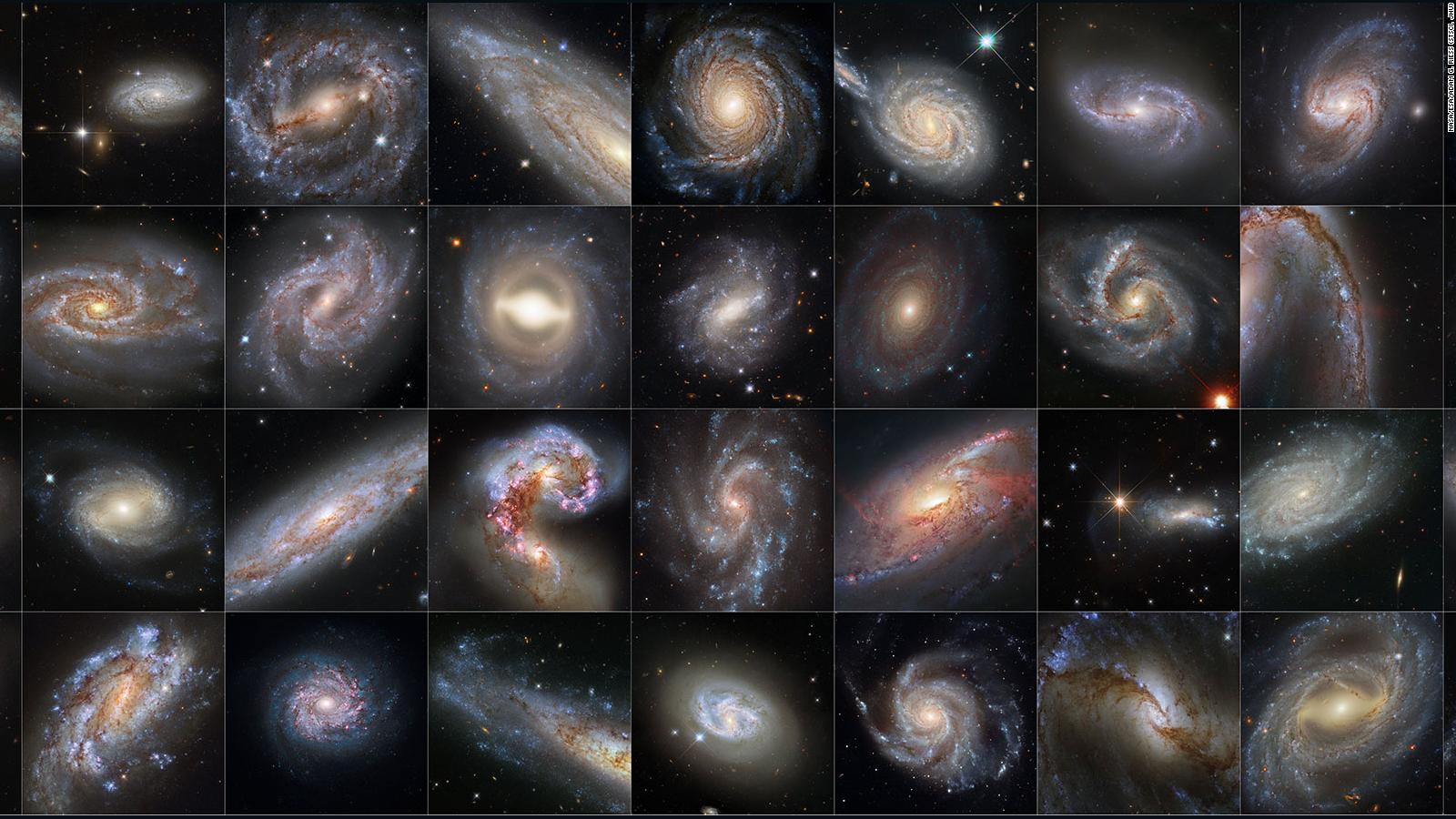(CNN) – When the Hubble Space Telescope was launched in 1990, one of its main objectives was to measure the rate of expansion of the universe.
Over the past 30 years, the space laboratory has helped scientists discover and refine the acceleration rate, as well as discover a mysterious abstract that only new physics can solve.
Hubble has observed more than 40 galaxies, including pulsating stars and supernovae that measure even larger cosmic distances. Both of these phenomena help astronomers to mark astronomical distances, such as milestones, which indicate the rate of expansion.
In a quest to understand how fast our universe is expanding, astronomers already made an unexpected discovery in 1998: “dark energy”. This phenomenon acts as a mysterious driving force, which accelerates the rate of expansion.
There is another twist: after the Big Bang, the indescribable difference between the rate of expansion of the local universe and the distant universe.
Scientists do not understand the paradox, but agree that it is strange and may require new physics.
Adam Rice, a Nobel Laureate in Space Telescope Science and a renowned professor at the Johns Hopkins University in Baltimore, said that “the most accurate measurement of the rate of expansion of the universe is derived from the gold standard of telescopes and cosmic mile markers.” Report.
“The Hubble Space Telescope was built using the best techniques we know to do it. It could be Hubble’s enormous task because it would take Hubble 30 years to double the size of this model.”
Decades of care
The telescope is named after Edwin Hubble, a pioneer astronomer who discovered in the 1920s that distant clouds in the universe were actually galaxies. (He died in 1953).
Hubble was based on the work of astronomer Henrietta Swann Levitt, who discovered in 1912 the brightness periods of pulsating stars known as cepheid variables. Sepsis acts as a cosmic sign, occasionally brightening and dimming in our galaxy and elsewhere.
Hubble’s mission led us to reveal that our galaxy is one of many, always changing our view and place in the universe. The astronomer continued his work and discovered that distant galaxies were moving fast, which suggests that we live in an expanding universe that began with a big bang.
The discovery of the rate of expansion of the universe contributed to the supply 2011 Nobel Prize in PhysicsAwarded to Saul Perlmutter, Brian P. Schmidt and Riess for “discovering the rapid expansion of the universe through the observations of distant supernovae”.
Ries continues to lead the supernova, the abbreviated shoe of H0, for the Dark Energy Equation, a scientific collaboration that explores the rate of expansion of the universe. Your team is publishing an article The Astrophysical Journal It provides the latest update to the Hubble constant, known as the expansion rate.
Unresolved conflict
Measuring distant objects has created the “Cosmic Distance Ladder”, which allows scientists to better estimate the age of the universe and understand its foundations.
Various groups of astronomers using the Hubble telescope have found that the value of the Hubble constant is equal to 73, which is the addition or subtraction of 1 kilometer per megaporsec. (One megaparsec is one million barsecs, or 3.26 million light-years.)
“The Hubble constant is a very special number that can be used to spin a needle from the past to the present to test our understanding of the universe from the past to the present. Says Lycia Verde.
But the actual predicted rate of expansion of the universe is slower than that observed by the Hubble telescope, with astronomers using the standard cosmological model of the universe (the theory suggesting the elements of the Big Bang) and measurements made by Planck. European Space Agency between 2009 and 2013.
Planck, another space laboratory, was used to measure the cosmic microwave background or the remaining radiation from the Big Bang 13.8 billion years ago.
In Planck’s work, scientists came up with a hub constant of 67.5 or more, or 0.5 kilometers per second per megaporse.
Space telescope James WebbLaunched in December, the Hubble signals can be observed with greater clarity and greater distance, which will help to understand the difference between the two figures.
This presents an exciting challenge for astronomers who once tried to measure the Hubble constant, and are wondering what additional physics might help unravel the new mystery of the universe.
“I don’t really care what the value of expansion is in particular, but I like to use it to learn about the universe,” Rice said.




